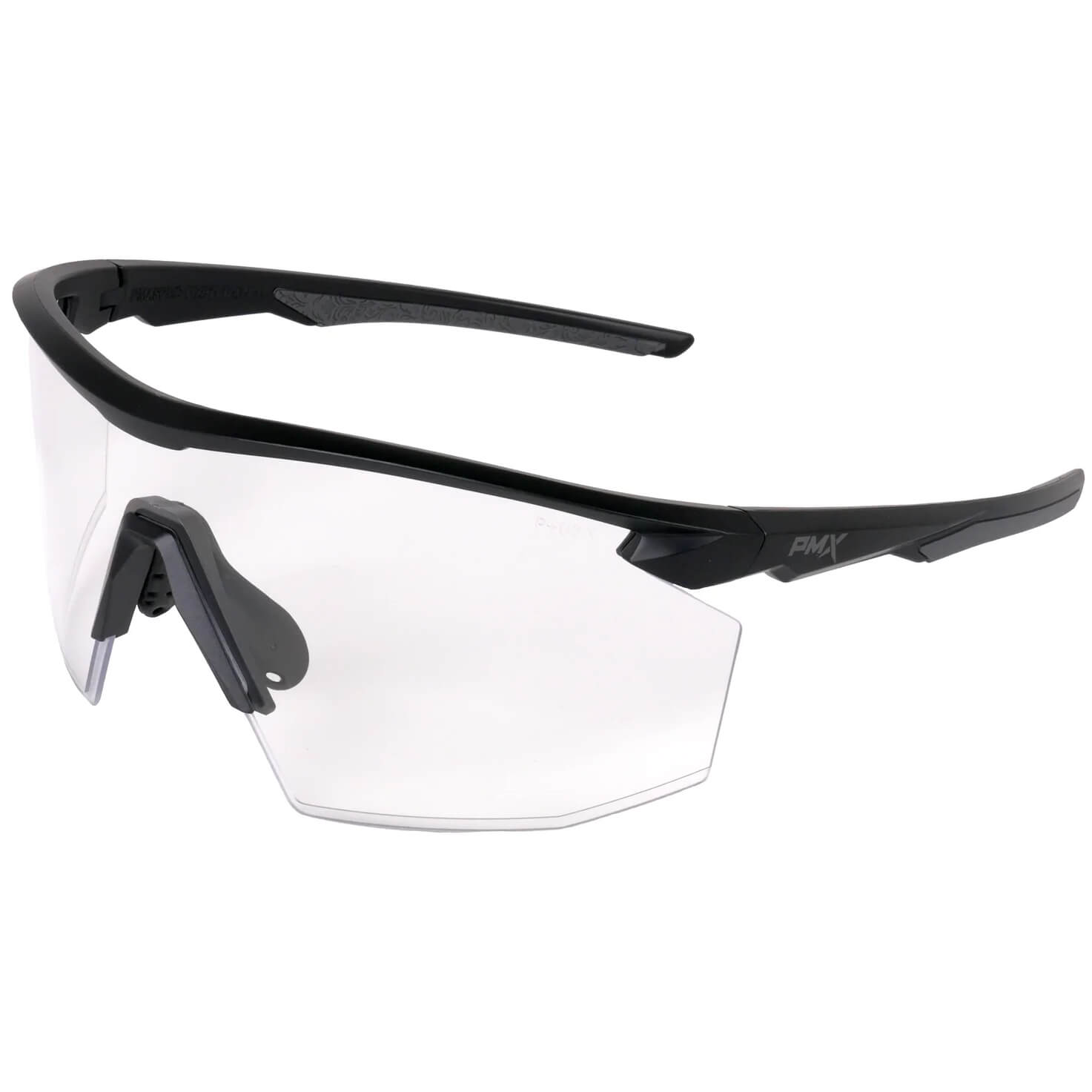Not all Safety Eyewear Lenses are the Same
Safety eyewear must meet specific criteria and adhere to a high-impact protection standard. The Occupational Safety and Health Administration (OSHA) and the American National Standards Institute (ANSI), a private, non-profit organization that creates quality and safety standards for various products, define those criteria.
OSHA has adopted safety eyewear standards established by ANSI. The ANSI Z87.1 standard applies to eye safety and includes several types of eye protection devices:
- Eyeglasses (prescription and non-prescription)
- Goggles
- Face shields
- Welding helmets
- Full-face respirators
While there are different styles and features to choose from, all safety eyewear must, in addition to meeting ANSI standards, at a minimum, do the following:
- Fit properly to adequately protect from hazards
- Be comfortable because it increases the chances of being worn consistently
Though available in various frame colors and styles, lens shades, and coatings, safety lenses and frame materials do not vary significantly.
Lens Material
Safety lenses come in one of four different materials. Each meets or exceeds requirements for protecting eyes for at least some applications, but each has distinct features to consider for particular situations.
Glass lenses: Not easily scratched but can be heavy and uncomfortable and tend to fog. Most prone to shattering, glass lenses are not safe to wear if impact is even a slight possibility.
Polycarbonate lenses: Less scratch-resistant than glass but lighter, better fog resistance, stronger than glass or plastic, and therefore more impact resistant.
NXT/Trivex: Many of the benefits of polycarbonate but better optical clarity, scratch resistance, and photochromic performance.
Plutonite: A purified carbonate, this proprietary material made by Oakley has superior clarity.
Polycarbonate is the most popular lens material for safety eyewear, but Trivex lenses are becoming increasingly popular. Both offer 100% UV light protection and are 10 times more impact-resistant than glass lenses.
Frame Material
Safety eyewear frames must be more durable and sturdy than frames for regular eyewear. Safety frames are made of different shatter-resistant materials depending on the application and sometimes include side shields. For example, sports eyewear usually has nylon frames because they are lightweight and flexible.
Eyewear Testing
ANSI Z87.1 certified safety glasses undergo intensive testing to ensure they protect the eyes as expected. Tests include.
- Basic and high-impact lenses and frames.
- Exposure to non-ionizing radiation and chemicals.
- Durability to flammables and corrosion
Always check the specifications of safety eyewear before making a purchase. And remember, there is no safety eyewear optimal for every possible situation.









